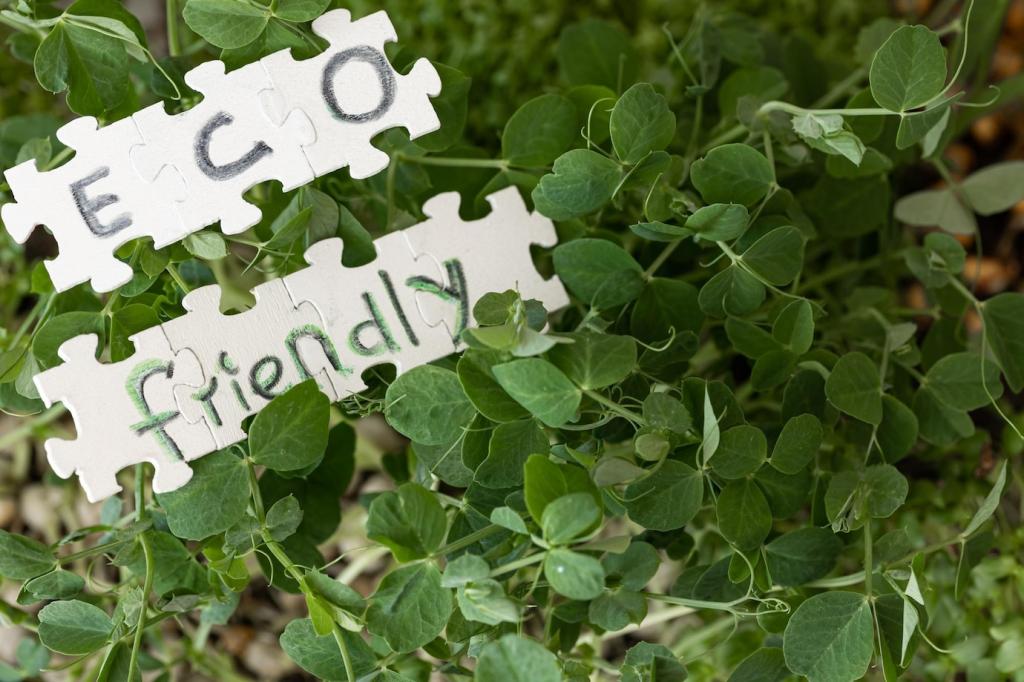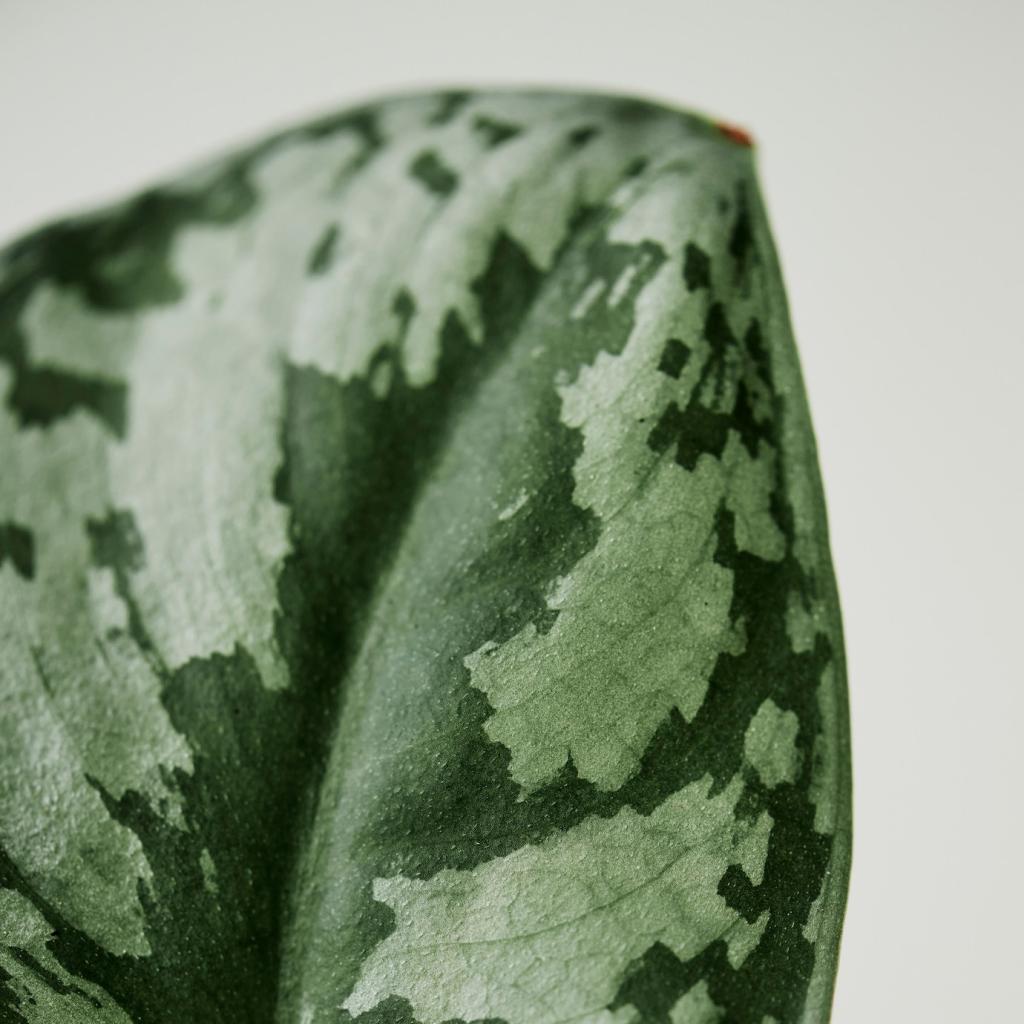Stories From Eco Homes Like Yours
After swapping a synthetic satin for clay paint, a reader reported less nighttime stuffiness and softer morning light on textured walls. The project finished under budget thanks to careful surface prep and a single, well-planned test patch.
Stories From Eco Homes Like Yours
One family used limewash over mineral primer to tame a damp masonry foyer. Months later, the finish still looks matte and crisp, with fewer musty odors. They now greet guests with a bright space that actually breathes.








